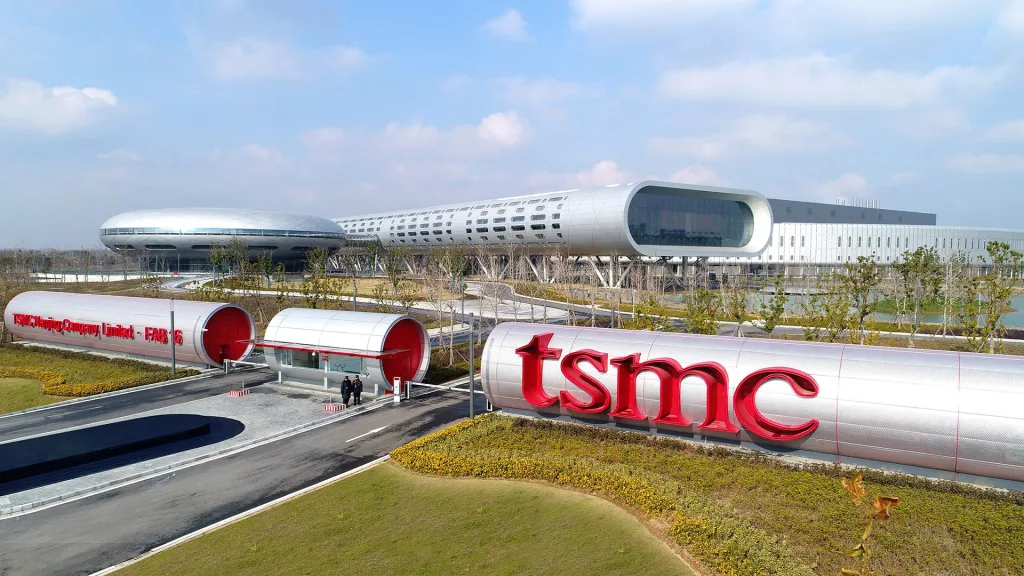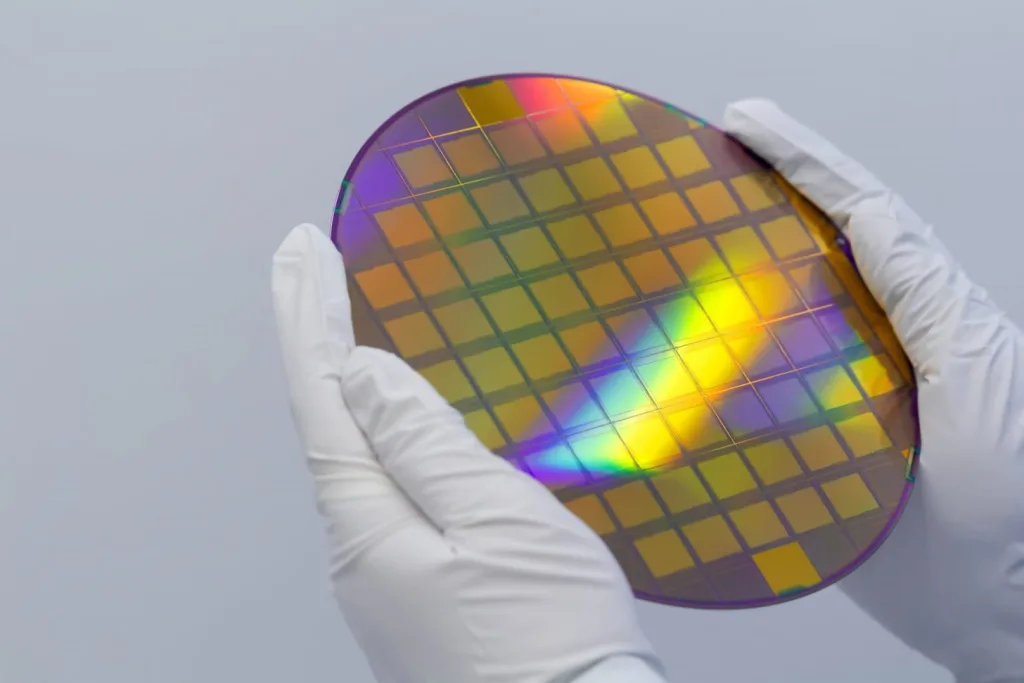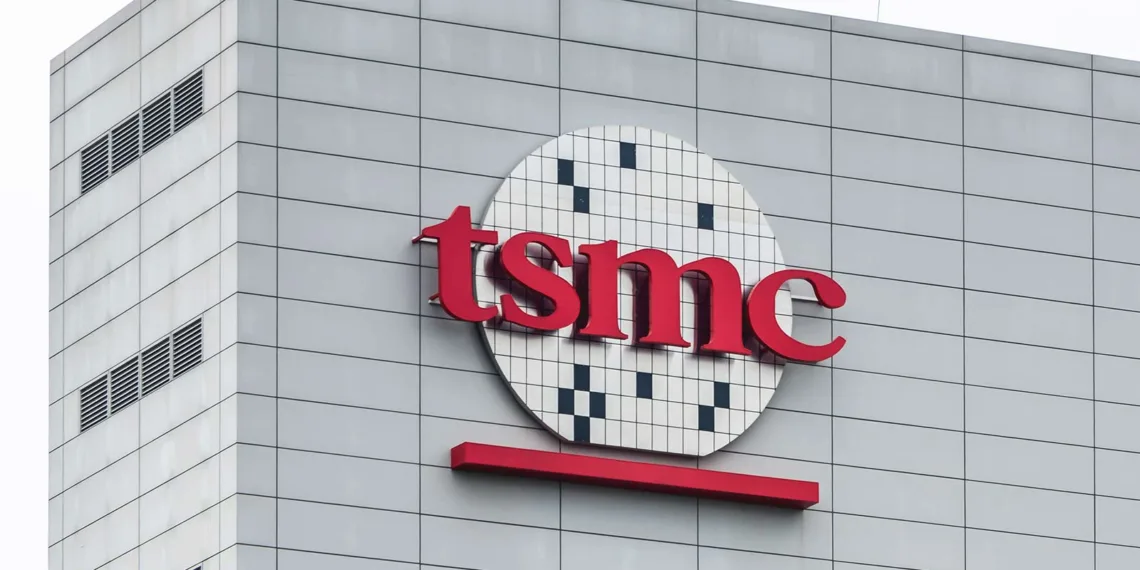Taiwanese semiconductor giant, TSMC, ramps massive production despite achieving 60% yields, yet premium pricing strategy offers no customer relief amid soaring demand
Taiwan Semiconductor Manufacturing Company (TSMC) is poised to operate four 2 nm fabrication plants at full capacity by 2026, producing a combined 60,000 wafers monthly. Despite this substantial production increase, customers won’t see price relief, with each wafer still commanding a premium $30,000 price tag.
Table of Contents
TSMC 2nm Production Expansion Overview
| Facility | Location | Monthly Capacity | Production Status |
|---|---|---|---|
| P1 Kaohsiung | Kaohsiung | 10,000 wafers | Mass production active |
| P2 Kaohsiung | Kaohsiung | 30,000 wafers | Equipment installation phase |
| P1 Hsinchu | Hsinchu Baoshan | 20,000-25,000 wafers | Trial production complete |
| P2 Hsinchu | Hsinchu Baoshan | 10,000-15,000 wafers | Lines being established |
| Combined Output | Both locations | 60,000+ wafers/month | Full capacity by 2026 |

Premium Pricing Strategy Unchanged
Despite ramping production to unprecedented levels, TSMC maintains its premium pricing strategy. Each 2nm wafer costs approximately $30,000, representing no discount from current pricing structures. This approach reflects the company’s confidence in sustained demand from major clients including Apple, Qualcomm, MediaTek, and others.
To address cost concerns, TSMC launched its “CyberShuttle” service in April 2025, allowing customers like Apple to evaluate multiple chip designs on the same test wafer, effectively reducing individual development costs.
Technical Achievements Drive Market Leadership
TSMC’s 60% yield rate during trial production demonstrates mature manufacturing capability, significantly outpacing Samsung’s competing 2nm Gate-All-Around (GAA) process, which currently achieves only 30% yields. This technical advantage solidifies TSMC’s market leadership in cutting-edge semiconductor manufacturing.
The N2 process technology offers compelling performance benefits:
- 24-35% power consumption reduction compared to previous generations
- 15% performance improvement at equivalent power levels
- 1.15x higher transistor density than 3nm technology

Demand Exceeds Supply Despite Capacity Expansion
Industry sources indicate that 2nm chip demand already surpasses 3nm demand, explaining why increased production capacity won’t translate to lower prices. Major technology companies are competing for limited 2nm allocation, particularly for next-generation processors like Apple’s A20 chip (expected in iPhone 18) and Qualcomm’s Snapdragon 8 Elite Gen 3.
The semiconductor giant expects combined quarterly sales of $30.1 billion for Q3 and Q4 2025 from its 2nm operations alone, highlighting the massive revenue potential of this advanced manufacturing node.
For comprehensive semiconductor industry coverage and technology analysis, visit Technosports.co.in and explore our chip manufacturing guide.
Sources: WCCFtech | TrendForce | Liberty Times Net








